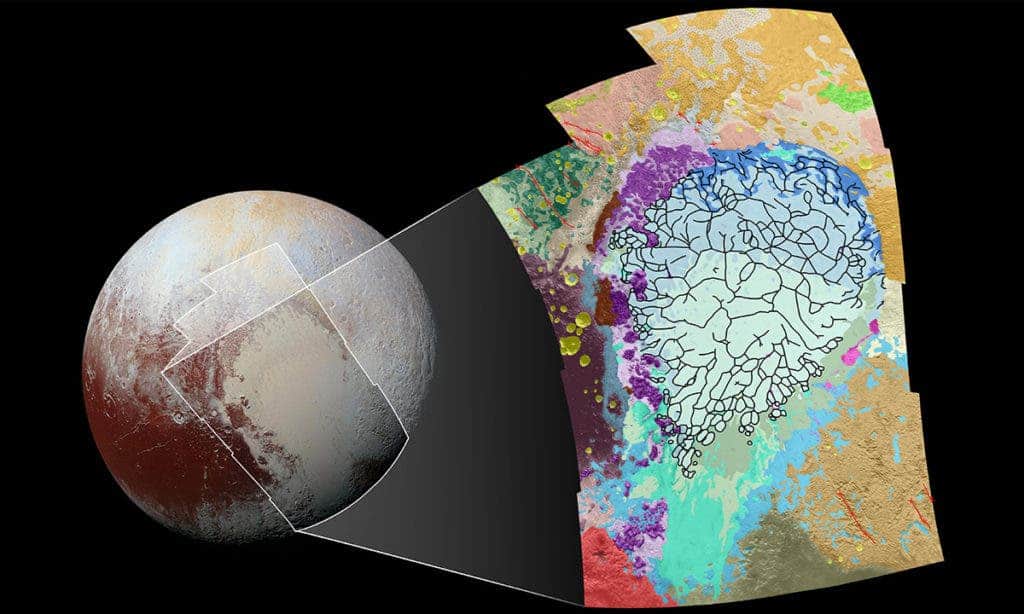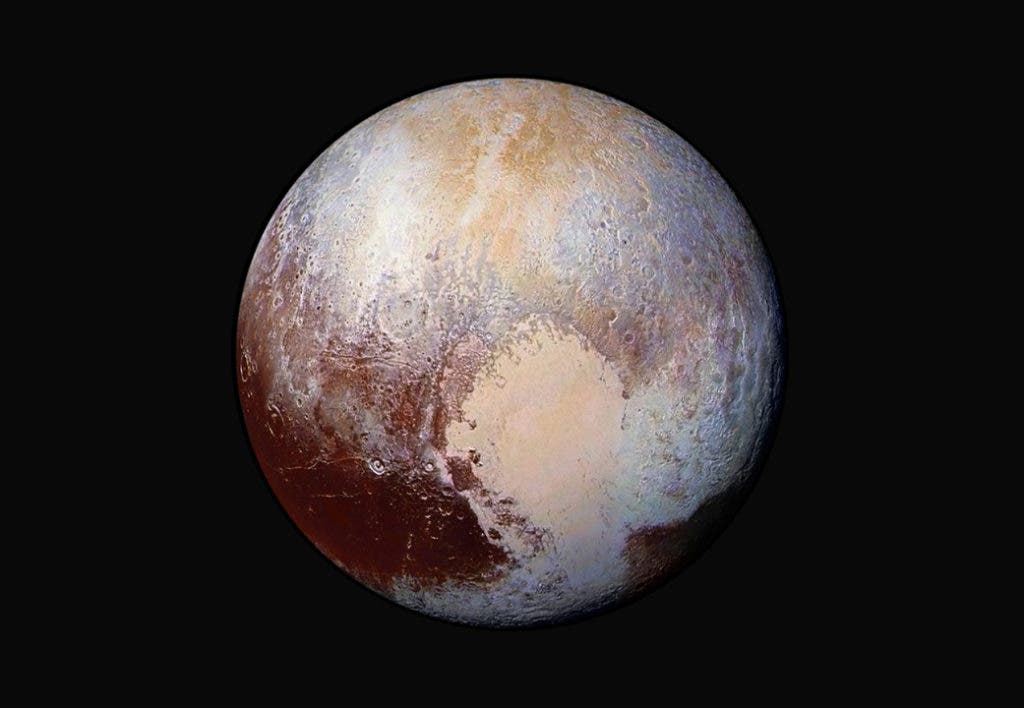
The New Horizons missions showed us Pluto in unprecedented detail. Far from a boring, frozen landscape, Pluto revealed intriguing geology and remarkable features. This new information sparked renewed interest for Pluto and astronomy in general.
But here’s the thing: Pluto doesn’t really look as you see it above — that’s a false-colour image. False-color images (or enhanced-color images) are used by astronomers to detect differences in the composition and texture of Pluto’s surface, and it works: you can easily see many of Pluto’s geological features. The image above was widely circulated, sometimes without making the mention that it’s not in real color.
So here’s what Pluto actually looks like:
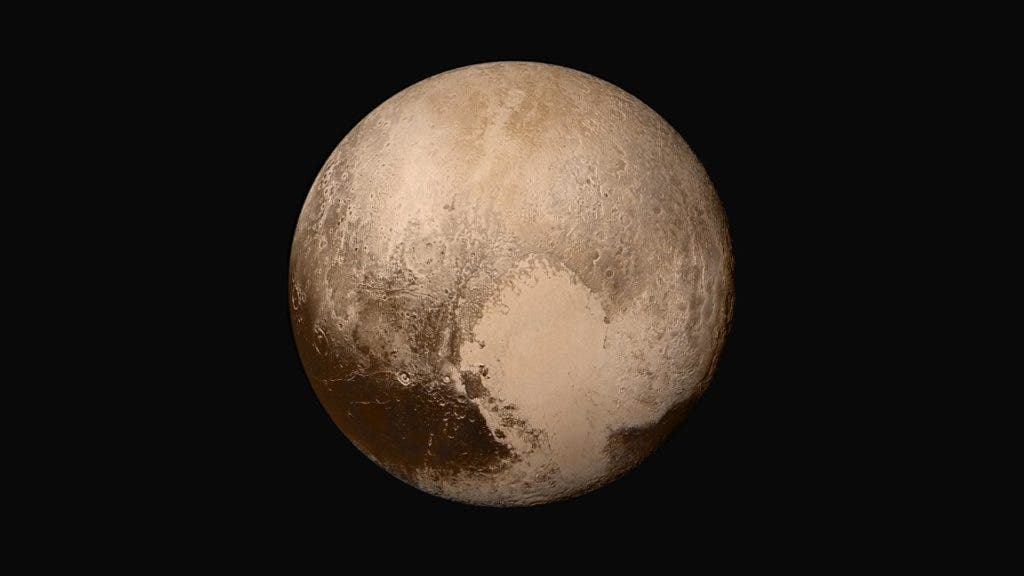
Pluto’s real colors
Even this image is not exactly a true simple photo in the sense we understand it on Earth (although it does represent Pluto in real color). It is a combination of 4 images taken with New Horizons’ Long Range Reconnaissance Imager (LORRI). The images were then combined with color data acquired by another instrument, creating a global image of Pluto.
The images were taken when the spacecraft was 450,000 kilometers (280,000 miles) away, but they show features as small as 2.2 km (1.4 miles) small. Combining the images offers twice the resolution of a single image.
However, keeping in mind what Pluto’s real colors look like, there’s no reason we can’t appreciate the blue-red image as well.
“This high-resolution, false color image of Pluto is my favorite. The New Horizons flyby of Pluto on July 14, 2015 capped humanity’s initial reconnaissance of every major body in the Solar System. To think that all of this happened within our lifetime! It’s a reminder of how privileged we are to be alive and working at NASA during this historic era of space exploration,” says Laurie Cantillo, NASA Planetary Science Public Affairs.
Pluto through the years
Indeed, it’s crazy to think that just a couple of decades ago, our best image of Pluto was just a few pixels wide. Here’s how this image evolved through the years:

Now, thanks to NASA’s New Horizons mission, we can see Pluto in stunning detail. We can see its frozen canyons, which tell an ethereal story of geological diversity and reveal varied compositional features:
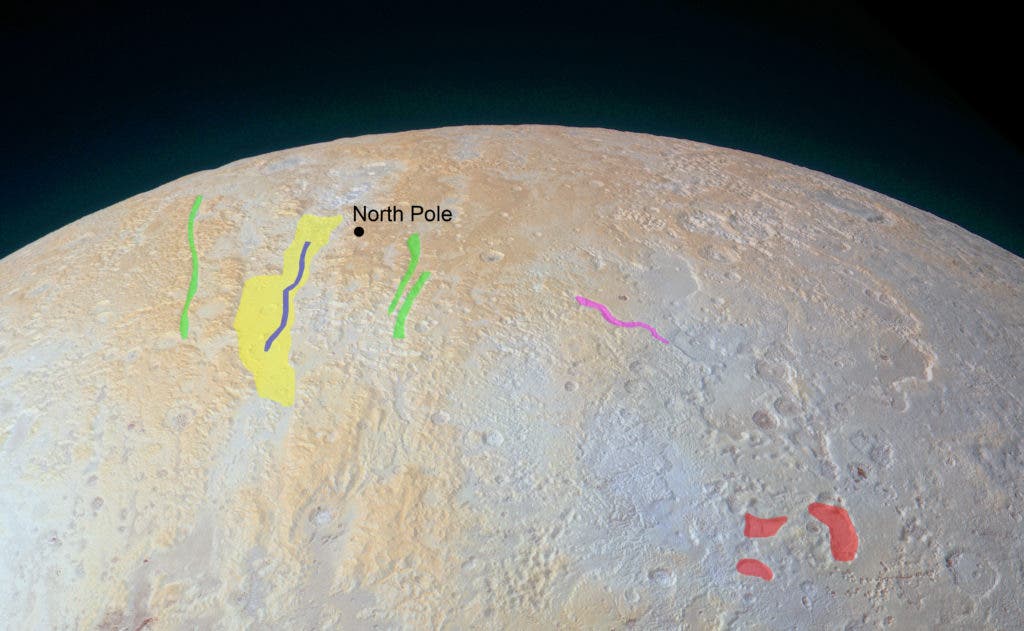
We can see its majestic mountains and foggy hazes rising from its frozen valleys:

We can even see Pluto’s highlands and its jagged, Earth-like relief:
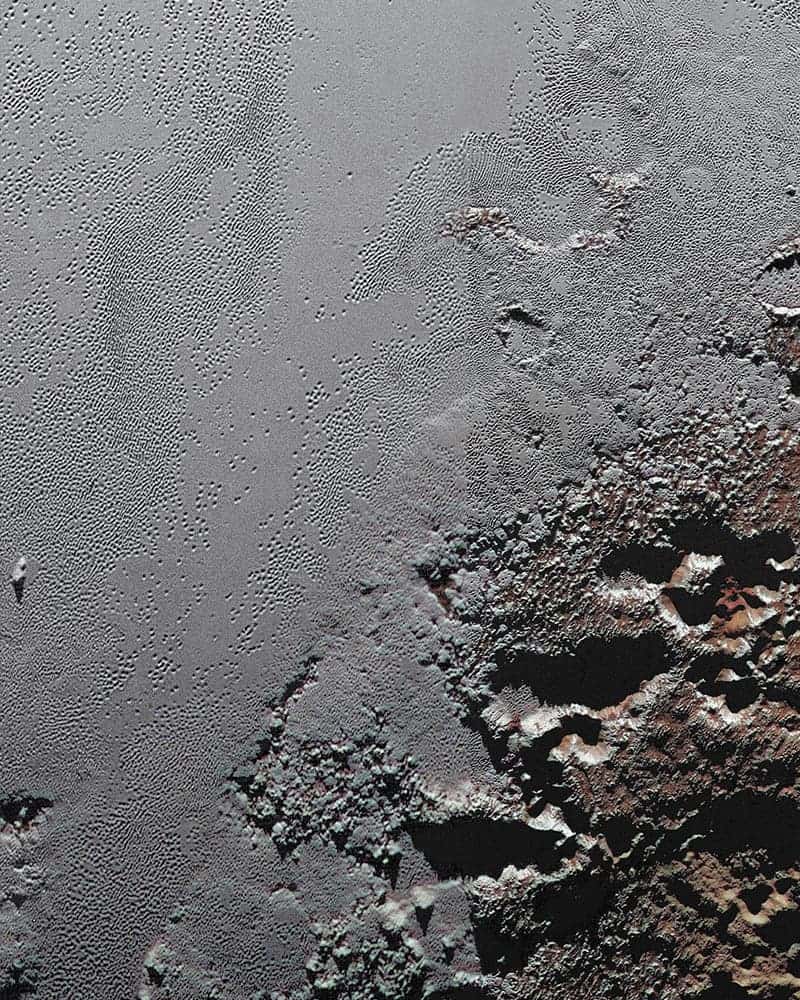
Whether or not we deem it a planet, we live in a time when we are building geological maps of Pluto — and that alone is worth celebrating!
